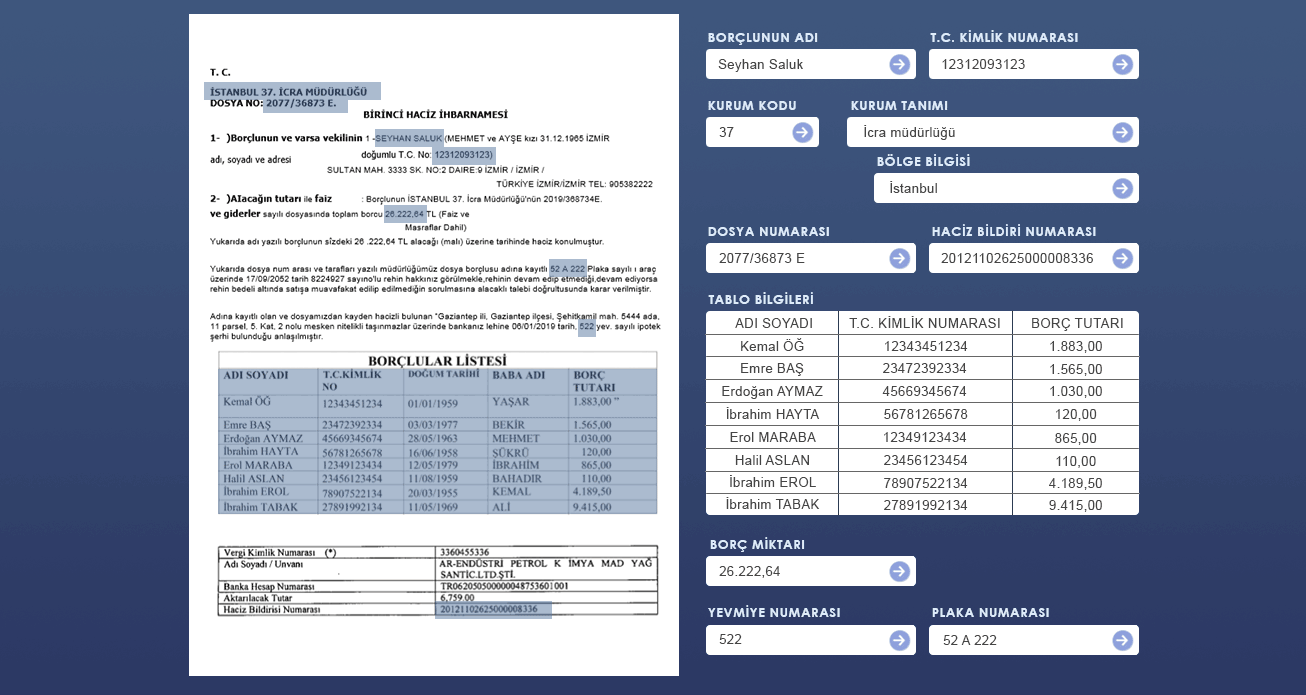How To Check Transmission Fluid: A Complete Guide
Transmission fluid is essential for your vehicle's smooth operation, ensuring seamless gear shifts and preventing mechanical issues. Regular checks on your transmission fluid can help detect problems early, saving you from expensive repairs. This guide will walk you through how to check transmission fluid, including how to check transmission fluid level and how to check automatic transmission fluid level.
Why Checking Transmission Fluid Matters
1. Prevents Costly Repairs
Failing to check your transmission fluid regularly can lead to overheating, gear slipping, and even complete transmission failure. Regular maintenance can save you from expensive repairs.
2. Ensures Smooth Performance
Proper fluid levels help reduce friction and overheating, ensuring smooth gear shifts and optimal driving performance.
3. Prolongs Transmission Life
Maintaining the right fluid level and quality minimizes wear and tear, increasing the lifespan of your transmission.
Steps to Check Transmission Fluid
Step 1: Park on a Flat Surface
Ensure your vehicle is on a level surface and engage the parking brake for safety.
Step 2: Let the Engine Warm Up
Most cars require the engine to be at operating temperature for an accurate transmission fluid check.
Step 3: Locate the Transmission Dipstick
Look for the dipstick in the engine bay; it typically has a red, yellow, or orange handle.
Step 4: Remove and Clean the Dipstick
Pull the dipstick out and wipe it clean with a paper towel or cloth.
Step 5: Reinsert and Remove the Dipstick Again
Insert the dipstick back fully, then remove it to check the fluid level against the marked range.
Step 6: Inspect the Fluid Condition
Healthy transmission fluid is reddish-pink and slightly sweet-smelling. If it appears dark or has a burnt odor, it may need changing.
How to Check Transmission Fluid Level Correctly
To get an accurate reading:
-
Ensure the Engine is Warm: Checking cold fluid may give inaccurate results.
-
Follow Manufacturer Instructions: Some vehicles require checking in neutral, others in park.
-
Check Fluid Between the Min and Max Lines: If low, add the recommended transmission fluid type.
How to Check Automatic Transmission Fluid Level
Automatic transmissions require additional steps:
-
Use the Recommended ATF: Always use the fluid specified in your owner’s manual.
-
Inspect for Possible Leaks: A sudden drop in fluid level could indicate a transmission leak.
-
Observe Gear Shifting Performance: Rough or delayed shifting may indicate low or dirty fluid.
Signs of Low or Contaminated Transmission Fluid
-
Hard or Slipping Gear Shifts: Transmission fluid issues can cause jerky or hesitant shifting.
-
Overheating Transmission: A burning smell often indicates overheating due to low fluid.
-
Unusual Noises: Whining, grinding, or clunking sounds while shifting could signal transmission trouble.
-
Delayed Acceleration: If your vehicle hesitates when accelerating, low or degraded transmission fluid may be the cause.
When to Check Your Transmission Fluid
-
Once a Month: Regular checks help keep your transmission in top condition.
-
Before Long Road Trips: Ensuring proper fluid levels before extended trips can prevent issues on the road.
-
At the First Sign of Transmission Trouble: Any unusual symptoms should prompt an immediate fluid check.
Conclusion
Knowing how to check transmission fluid is essential for vehicle maintenance. Regular inspections and timely fluid changes can prevent breakdowns and extend the life of your transmission. Always use the manufacturer-recommended transmission fluid and follow proper maintenance schedules to ensure peak performance.










































![[The AI Show Episode 144]: ChatGPT’s New Memory, Shopify CEO’s Leaked “AI First” Memo, Google Cloud Next Releases, o3 and o4-mini Coming Soon & Llama 4’s Rocky Launch](https://www.marketingaiinstitute.com/hubfs/ep%20144%20cover.png)




























































































































































































